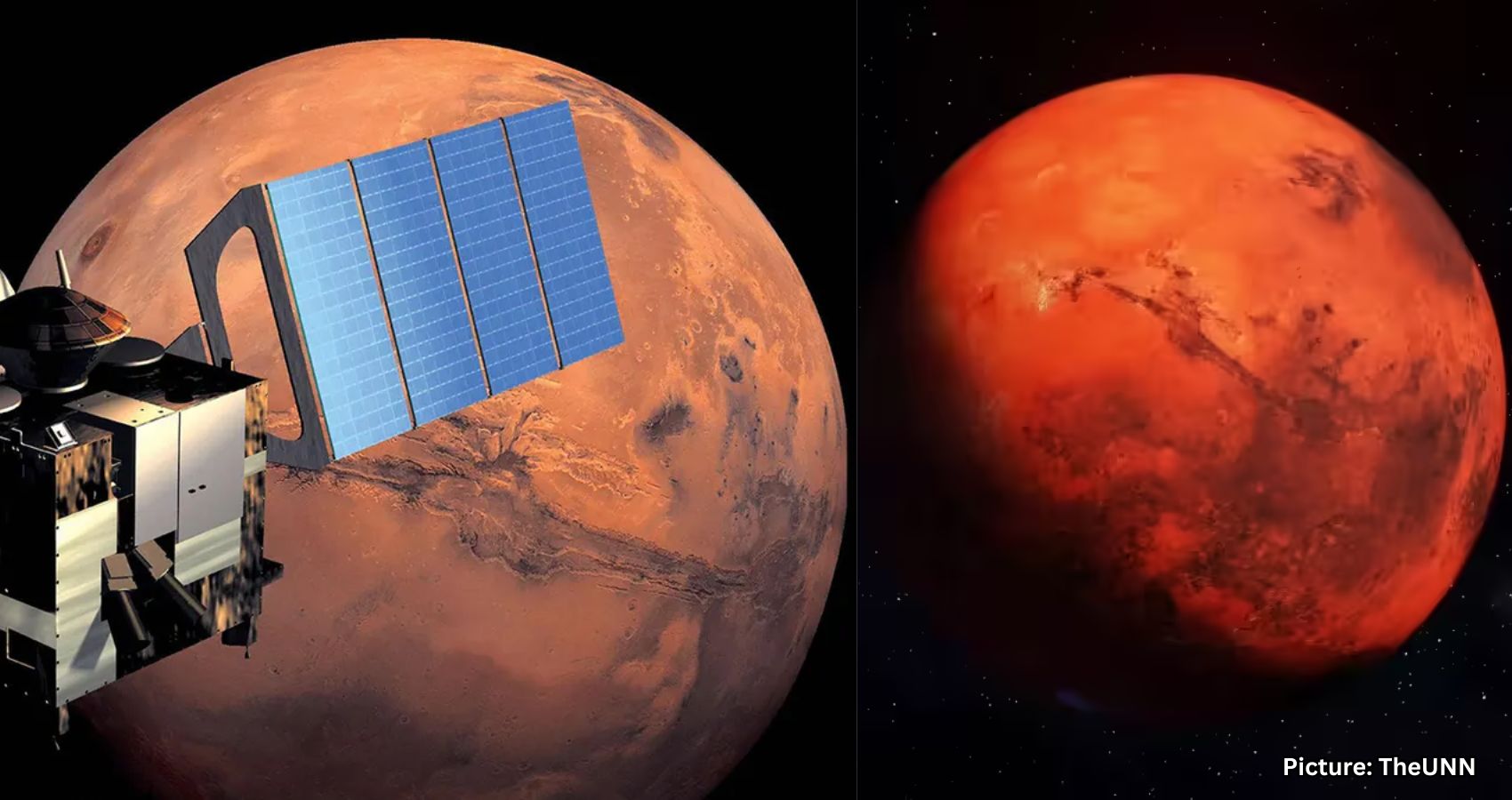Mars’ distinctive red color may be linked to its ancient, habitable past, according to a new study that identifies ferrihydrite as a key mineral in its dust.
A recent study has revealed that the mineral ferrihydrite, found in the dust of Mars, is likely responsible for the planet’s characteristic reddish hue. This mineral forms only in the presence of cool water, suggesting that Mars may have once had an environment capable of sustaining liquid water before it transitioned from a wet to a dry state billions of years ago.
The study, published in the journal Nature Communications, was partially funded by NASA and involved an analysis of data collected from various Mars missions, including data from several rovers. Researchers compared these findings with laboratory experiments that simulated Martian conditions to test how light interacts with ferrihydrite particles and other minerals.
“The fundamental question of why Mars is red has been considered for hundreds, if not thousands, of years,” said Adam Valantinas, the study’s lead author and a postdoctoral fellow at Brown University. Valantinas began this research while pursuing his Ph.D. at the University of Bern in Switzerland. He noted, “From our analysis, we believe ferrihydrite is present throughout the dust and likely in the rock formations as well. While we are not the first to propose ferrihydrite as the reason for Mars’ red color, we can now better test this hypothesis using observational data and innovative laboratory methods to replicate Martian dust.”
Senior author Jack Mustard, a professor at Brown University, described the study as a “door-opening opportunity.” He emphasized the importance of the ongoing Mars sample return mission, stating, “When we get those samples back from the Perseverance rover, we can actually verify our findings.”
The research indicates that Mars likely had a cool, wet, and potentially habitable climate in its ancient past. While the planet’s current atmosphere is too cold to support life, evidence suggests that it once had an abundance of water, as indicated by the presence of ferrihydrite in its dust.
Geronimo Villanueva, Associate Director for Strategic Science at NASA’s Goddard Space Flight Center and a co-author of the study, remarked, “These new findings point to a potentially habitable past for Mars and highlight the value of coordinated research between NASA and its international partners in exploring fundamental questions about our solar system and the future of space exploration.”
Valantinas expressed the researchers’ desire to understand the ancient Martian climate and the chemical processes that occurred on the planet, both in the past and present. He stated, “There’s also the habitability question: Was there ever life? To answer that, we need to comprehend the conditions present during the formation of this mineral. Our findings indicate that ferrihydrite formed under conditions where oxygen from the atmosphere or other sources could react with iron in the presence of water. These conditions were vastly different from today’s dry and cold environment. As Martian winds spread this dust, it contributed to the planet’s iconic red appearance.”
This study not only sheds light on the mineral composition of Mars but also raises intriguing questions about the planet’s history and its potential to have supported life.
Source: Original article

